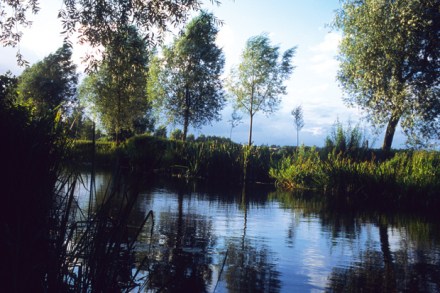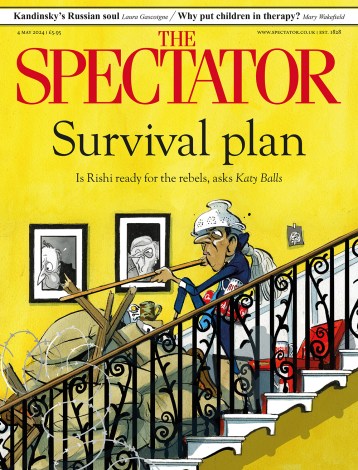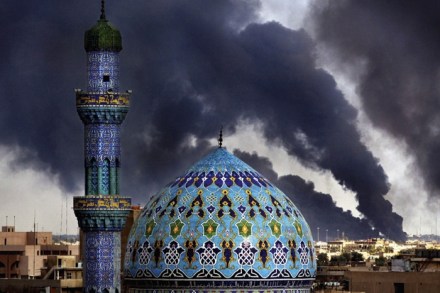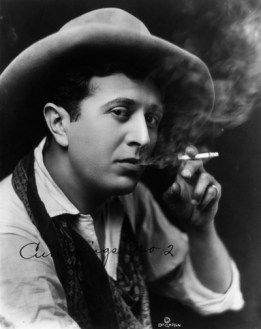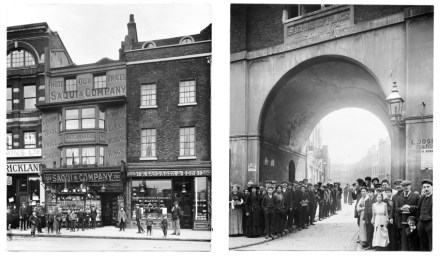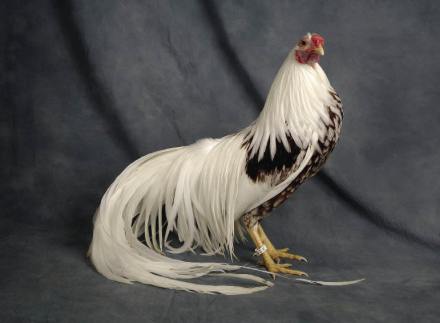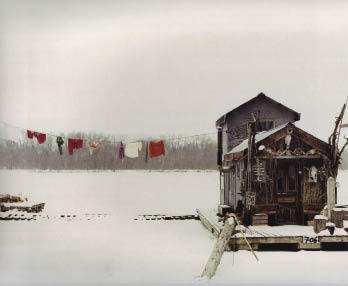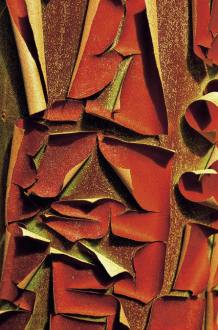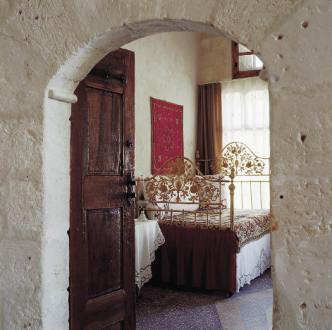A photographer sheds new light on Constable Country
The phrase ‘Constable Country’ summons up a quintessentially English landscape: river and meadows, open vistas bordered by trees, the greens and golds of cultivated acres, with the wide (and often blustery) skies of East Anglia over all. John Constable (1776–1837) is one of our greatest artists and certainly one of the most popular. His vision of rural England has become a cherished ideal of how landscape should look, and is as much a state of mind as a real place. In actuality it is based around the village of East Bergholt where Constable was born, in the Essex–Suffolk border country, and extends through Dedham Vale and the valley of the
